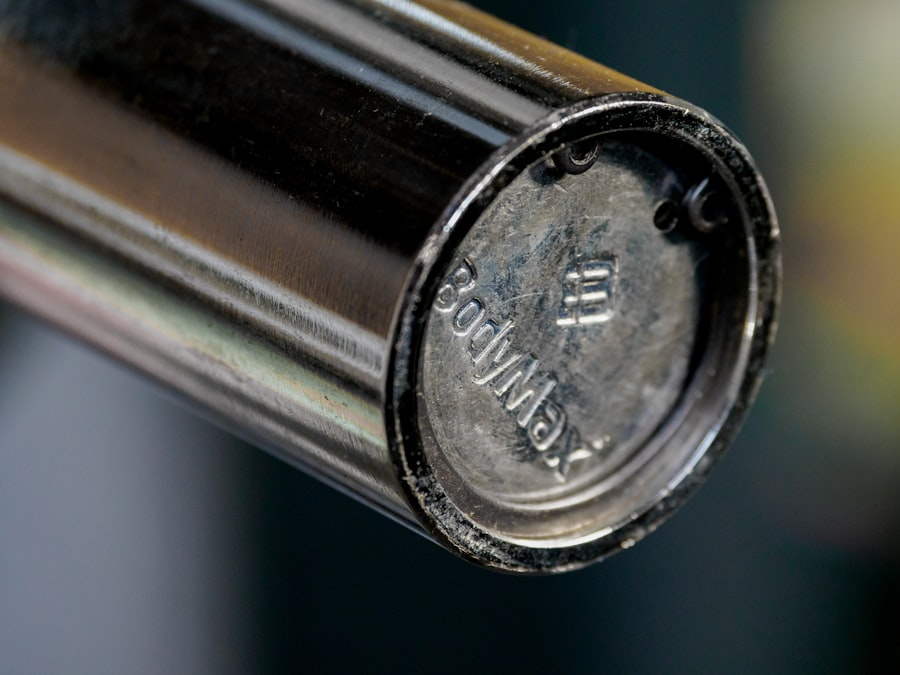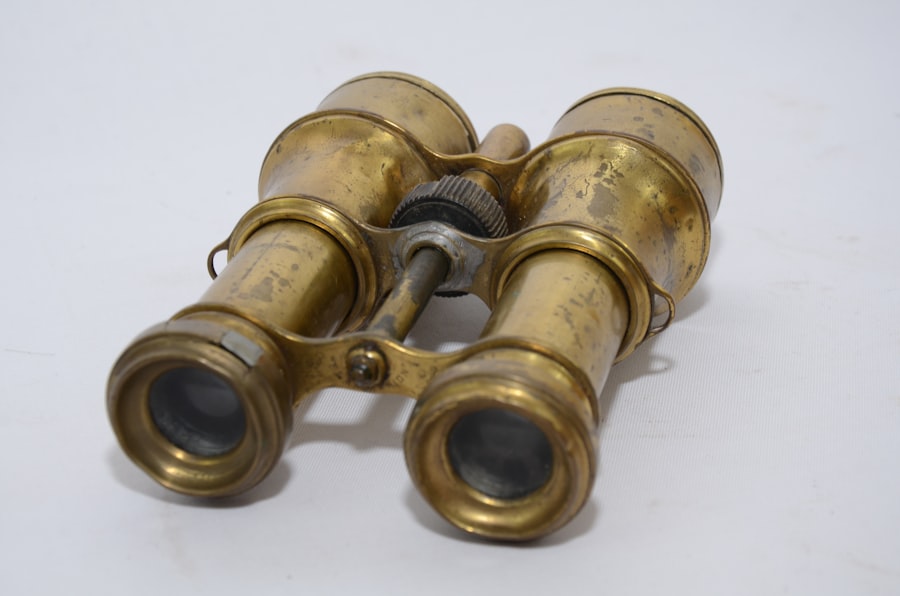Chlorinated Polyvinyl Chloride, commonly known as CPVC, is a thermoplastic material that has gained significant traction in the plumbing industry due to its unique properties and versatility. CPVC pipes are manufactured through the chlorination of PVC resin, which enhances their thermal stability and chemical resistance. This makes them particularly suitable for hot and cold water distribution systems, as well as various industrial applications.
The introduction of CPVC pipes into the market has revolutionized plumbing systems, offering a reliable alternative to traditional materials such as copper and galvanized steel. The evolution of CPVC pipes can be traced back to the 1960s when they were first introduced for residential plumbing. Since then, they have become a staple in both commercial and residential construction projects.
Their lightweight nature, ease of installation, and resistance to corrosion have made them a preferred choice among contractors and homeowners alike. As the demand for efficient and durable plumbing solutions continues to grow, understanding the characteristics and benefits of CPVC pipes becomes increasingly important for anyone involved in construction or renovation projects.
Key Takeaways
- CPVC pipes offer excellent durability and resistance to heat and corrosion, making them ideal for plumbing.
- Leading brands provide high-quality CPVC pipes that ensure reliability and long-term performance.
- Selecting the right CPVC pipe depends on factors like pipe size, pressure rating, and specific plumbing requirements.
- Proper installation and regular maintenance are crucial to maximize the lifespan of CPVC piping systems.
- CPVC pipes are versatile, commonly used in residential, commercial, and industrial plumbing applications.
Advantages of Using CPVC Pipes
One of the most significant advantages of CPVC pipes is their exceptional resistance to corrosion and scaling. Unlike metal pipes, which can corrode over time due to exposure to water and various chemicals, CPVC pipes maintain their integrity even in harsh environments. This property not only extends the lifespan of the plumbing system but also ensures that the water quality remains uncontaminated.
For instance, in areas with high mineral content in water, traditional metal pipes often suffer from scaling, leading to reduced flow rates and increased maintenance costs. In contrast, CPVC pipes resist such issues, making them a cost-effective solution in the long run. Another notable benefit of CPVC pipes is their ability to withstand high temperatures.
They can handle temperatures up to 200°F (93°C), making them suitable for hot water applications without the risk of deformation or failure. This thermal stability is particularly advantageous in residential settings where hot water is frequently used for showers, dishwashing, and laundry. Additionally, CPVC pipes are less likely to burst in freezing conditions compared to other materials, providing peace of mind during colder months.
Their flexibility also allows for easier installation around corners and obstacles, reducing the need for additional fittings and joints.
Top Brands of CPVC Pipes

When it comes to selecting CPVC pipes, several reputable brands stand out in the market due to their commitment to quality and innovation. One of the leading manufacturers is Charlotte Pipe and Foundry Company, which has been producing plumbing products since 1901. Their CPVC pipes are known for their durability and compliance with industry standards, making them a trusted choice among professionals.
Charlotte Pipe offers a wide range of sizes and fittings, ensuring that contractors can find the right components for any project. Another prominent brand is NIBCO, which has been a key player in the plumbing industry for over a century. NIBCO’s CPVC products are recognized for their high performance and reliability.
The company emphasizes sustainability in its manufacturing processes, producing pipes that not only meet but often exceed industry specifications. Their commitment to innovation is evident in their development of advanced jointing systems that simplify installation while ensuring leak-free connections.
How to Choose the Right CPVC Pipes for Your Plumbing Needs
| Criteria | Description | Recommended Specification | Importance Level |
|---|---|---|---|
| Pipe Diameter | Size of the pipe needed based on water flow requirements | Depends on fixture and flow rate (e.g., 1/2″, 3/4″, 1″) | High |
| Pressure Rating | Maximum pressure the pipe can withstand | Minimum 600 psi for residential plumbing | High |
| Temperature Resistance | Maximum temperature the pipe can handle without damage | Up to 200°F (93°C) | Medium |
| Certification | Compliance with plumbing standards and codes | NSF/ANSI 14, ASTM F441 | High |
| Pipe Thickness (Schedule) | Thickness of pipe walls affecting durability and pressure rating | Schedule 80 recommended for higher pressure applications | Medium |
| Compatibility | Compatibility with fittings and solvent cements | Use CPVC-specific fittings and adhesives | High |
| Cost | Budget considerations for pipe and installation | Balance quality and affordability | Medium |
| Durability | Resistance to corrosion, chemicals, and wear | High chemical resistance and long lifespan | High |
Selecting the appropriate CPVC pipes for a plumbing project involves several considerations that can significantly impact performance and longevity. First and foremost, it is essential to assess the specific requirements of the plumbing system, including the type of fluids being transported, temperature ranges, and pressure levels. For instance, if the system will be used for hot water distribution, it is crucial to choose CPVC pipes rated for high-temperature applications.
Additionally, understanding local building codes and regulations can help ensure compliance and avoid potential issues during inspections. Another critical factor is the pipe diameter. The size of the CPVC pipe should correspond to the flow rate requirements of the system.
A pipe that is too small may restrict flow and lead to pressure drops, while an oversized pipe can result in unnecessary costs and complications during installation. It is advisable to consult with a plumbing professional or refer to industry guidelines when determining the appropriate diameter for specific applications. Furthermore, considering the availability of fittings and accessories compatible with the chosen pipe size can streamline the installation process.
Installation and Maintenance of CPVC Pipes
Installing CPVC pipes requires careful attention to detail to ensure a successful outcome. The process typically begins with cutting the pipes to the desired lengths using a fine-toothed saw or pipe cutter. It is essential to make clean cuts to avoid any jagged edges that could interfere with proper sealing during installation.
After cutting, deburring the edges is crucial to prevent damage to fittings and ensure a smooth connection. Joining CPVC pipes involves using solvent cement specifically designed for this material. The application process includes cleaning the surfaces of both the pipe and fitting with a primer before applying the cement.
This step enhances adhesion and creates a strong bond that can withstand pressure over time. Once joined, it is important to allow adequate curing time before subjecting the system to water pressure. Regular maintenance of CPVC pipes is relatively straightforward; periodic inspections for leaks or signs of wear can help identify potential issues early on.
Additionally, flushing the system periodically can help remove any sediment buildup that may occur over time.
Common Applications of CPVC Pipes

CPVC pipes are widely used across various applications due to their versatility and reliability. In residential settings, they are commonly employed for hot and cold water distribution systems, including supply lines for sinks, showers, and appliances such as dishwashers and washing machines. Their resistance to corrosion makes them particularly suitable for areas with hard water or aggressive water conditions.
In commercial applications, CPVC pipes are often utilized in industrial processes where chemical resistance is paramount. They are frequently found in chemical processing plants, food processing facilities, and pharmaceutical manufacturing environments where exposure to harsh substances is common. Additionally, CPVC pipes are used in fire sprinkler systems due to their ability to withstand high temperatures without compromising structural integrity.
This adaptability across diverse sectors underscores the importance of CPVC pipes in modern infrastructure.
Comparing CPVC Pipes with Other Types of Plumbing Materials
When evaluating plumbing materials, it is essential to compare CPVC pipes with other common options such as copper, PEX (cross-linked polyethylene), and galvanized steel. Copper pipes have long been regarded as a standard choice due to their durability and resistance to bacteria; however, they are prone to corrosion over time and can be significantly more expensive than CPVC options. Additionally, copper requires soldering during installation, which can complicate the process compared to the simpler solvent welding used with CPVC.
PEX has gained popularity in recent years due to its flexibility and ease of installation; however, it may not be suitable for high-temperature applications as effectively as CPVPEX also has limitations regarding exposure to UV light, which can degrade its material properties if installed outdoors without proper protection. Galvanized steel pipes are known for their strength but are susceptible to rusting and corrosion over time, leading to potential leaks and reduced water quality. In contrast, CPVC offers a balanced combination of affordability, ease of installation, thermal stability, and resistance to corrosion that makes it an attractive option for many plumbing projects.
The Benefits of Using CPVC Pipes for Your Plumbing Needs
The advantages of using CPVC pipes extend beyond mere functionality; they represent a modern solution that addresses many challenges faced by traditional plumbing materials. With their impressive resistance to corrosion, high-temperature capabilities, and ease of installation, CPVC pipes have become an essential component in both residential and commercial plumbing systems. As construction practices evolve towards more sustainable and efficient solutions, CPVC continues to stand out as a reliable choice that meets contemporary demands while ensuring long-term performance.
In summary, whether you are a homeowner planning a renovation or a contractor working on a large-scale project, understanding the benefits and applications of CPVC pipes can significantly influence your decision-making process. By choosing high-quality products from reputable brands and following best practices during installation and maintenance, you can ensure that your plumbing system remains efficient and reliable for years to come.



